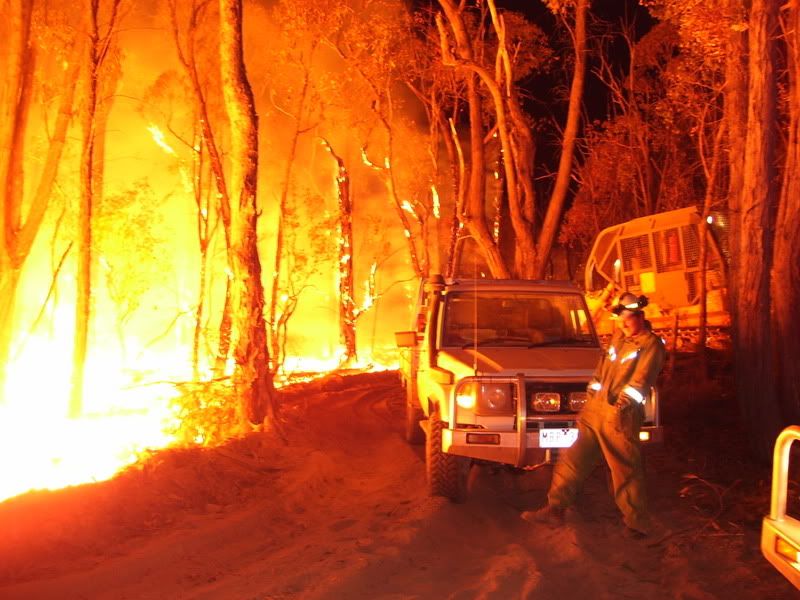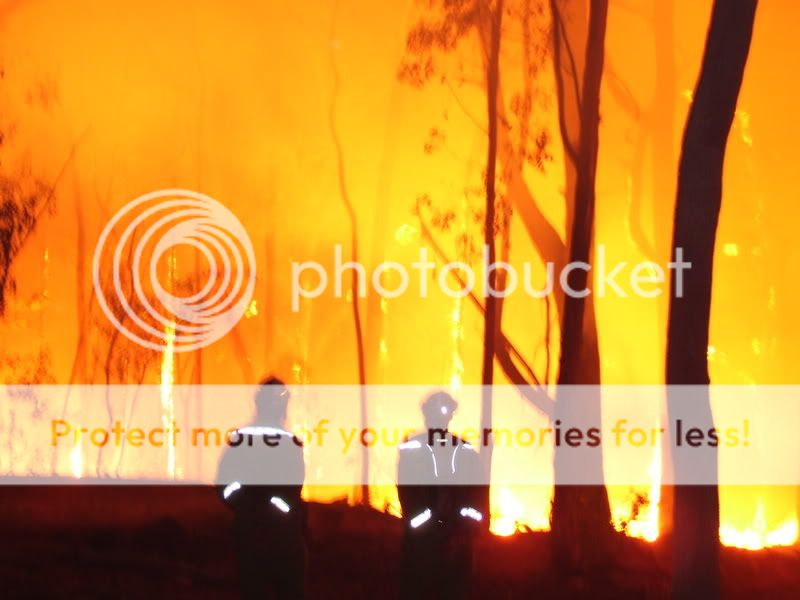ckelp
just being myself
i was about to get highered by calfire (CDF) about a mouth before i was suppose to go in and start getting trained when
a fire across the field from my mom's house and a barn full of hay.
just automatically started fighting it the smoke was so thick i couldn't see my buddy standing five feet from me, the heat was intense, it started to melt the hair on my arms.
long story short, the fire only got half way across the field and i passed up on the wild land firefighting.
hats off to you wild land guys you guy's bust your balls
a fire across the field from my mom's house and a barn full of hay.
just automatically started fighting it the smoke was so thick i couldn't see my buddy standing five feet from me, the heat was intense, it started to melt the hair on my arms.
long story short, the fire only got half way across the field and i passed up on the wild land firefighting.
hats off to you wild land guys you guy's bust your balls







